4 Nearly Awesome Cars That Would Have Been Perfect With More Torque

Look, I totally get the whole fascination with making more horsepower, because I’m as horsepower hungry as the next bloke. That said, I also understand the importance of torque, and the difference between peak power versus usable power. 500bhp at 9000rpm doesn’t do much good if there isn’t any decent low or mid-range power to get you there. That might be okay for a race car constantly running flat-out, but for a street car that spends most of its time at a more modest pace, such power is wasted.
I would happily take a car with lower peak horsepower and a broad, usable low to mid-range torque curve any day of the week. Such a machine is going to be infinitely more enjoyable for every day driving and occasional mischief; it’s usually faster than the cars with higher peak power, and frankly, it’s going to last a heck of a lot longer than running a highly-strung engine at 100 per cent all the time.
With that in mind, here’s a look at a few good performance cars that would’ve been even better had there been a bit more low-end push to get them cooking.
1. Mercury Marauder
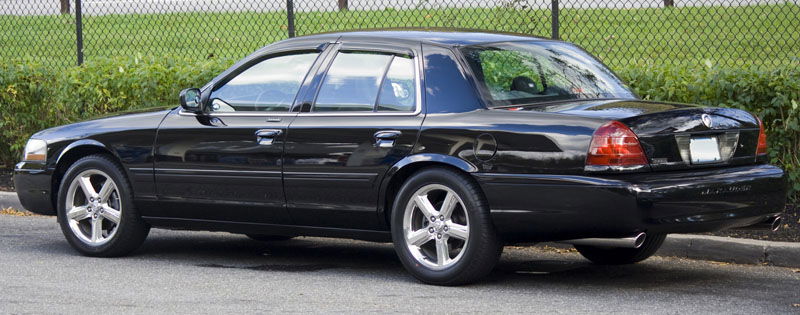
I bet you were expecting me to start this list with a high-revving Honda, but no, here comes a muscle car straight from the streets of Detroit. The Crown Vic-based Marauder is cool and fun on all kinds of levels, and for a two-tonne body-on-frame sedan, it handles surprisingly well. It was Ford’s overdue answer to the big-and-bad Chevy Impala SS, but despite seven years of evolution and 42 more horsepower, the similar-in-every-way Marauder wasn’t any faster.
That’s because the Marauder’s 302bhp Mustang-sourced DOHC 4.6-litre V8 has slightly less torque than the Impala’s 260bhp 5.7-litre pushrod V8. More importantly, the Marauder’s powerband stretches much higher into the rev range—peak torque arrives a full 1000rpm higher than it does in the Impala. I can’t think of a clearer example of horsepower versus torque, and though I love the Marauder, its lack of low-end punch is why the Impala SS isn’t just a good car, it’s a legend.
2. Honda S2000
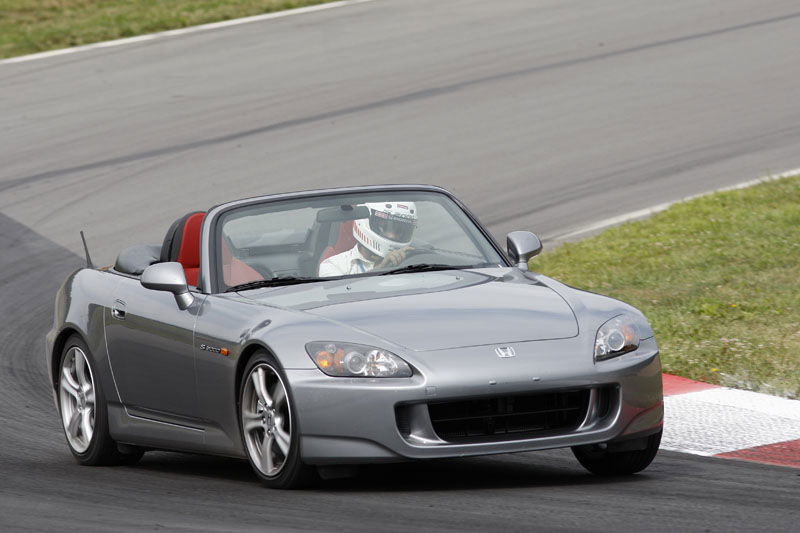
Okay, I waited for the second car on the list to harp on Honda. This one hurts me as much as it does the Honda camp, because I am seriously in love with this car. A couple years ago I almost bought one, but elected to go with a 2003 supercharged SVT Cobra instead. Why? The Cobra was crazy fun in any gear, at any speed, whereas I needed either a short runway for the S2000 to build up revs, or a bottomless bank account to pay for clutch and transmission repairs.
The S2000’s F20C puts the engine in engineering, and it’s brilliant at 9000rpm. But even Honda recognized the S2000 needed more low-end power, which is why they punched the 2.0-litre engine up to 2.2 litres and lowered the max revs to 8000 in 2004. It helped, and admittedly the high-revving nature is what makes the S2000 so unique. Still, having just a bit more low-end pull with the top-end scream would’ve added so much more to the S2000 experience.
3. Mazda RX-8
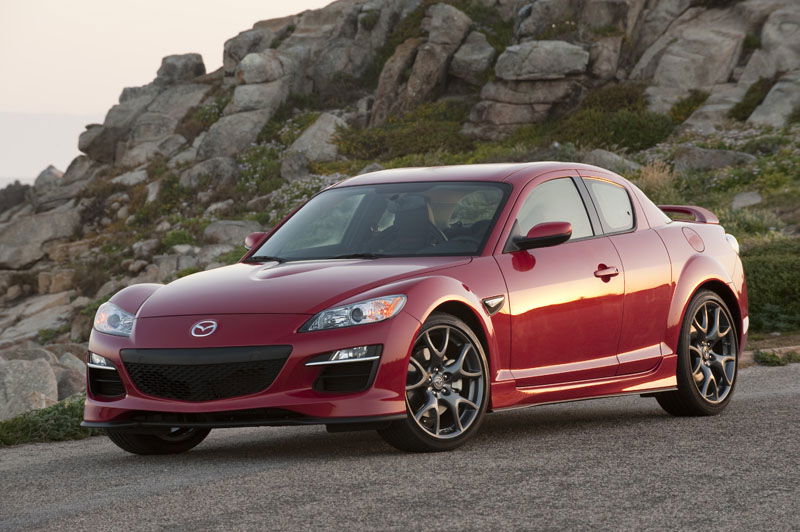
Rotary engines aren’t known for torque. And to be fair, most rotary shoppers aren’t interested in torque. Rather, they prefer the smooth application of power, the compact design that contributes to a balanced chassis with a lower center of gravity, and the unique engine note that can either sound very good with a proper exhaust, or positively revolting with a parking-lot hackjob. Yes, rotary enthusiasts are a very select, unique bunch, but I can’t help wondering if there would be a lot more rotary enthusiasts if the engines made usable power without prolific boost.
That’s why the Mazda RX-7 is a legend to most petrolheads, while the RX-8 is generally regarded as a mistake outside the rotary faithful. Ouch—sorry RX-8 fans. I know Mazda was trying to be brilliant with their four-door sports car, but they should’ve stuck with turbos instead of building a naturally-aspirated rotary for their flagship sports car. Yes, boost can shorten the life of the already finicky rotary design, but with the notorious mortality rate of RX-8 engines already a black spot in Mazda’s legacy, you may as well enjoy a full powerband of rotary goodness before it explodes.
4. SVT Contour
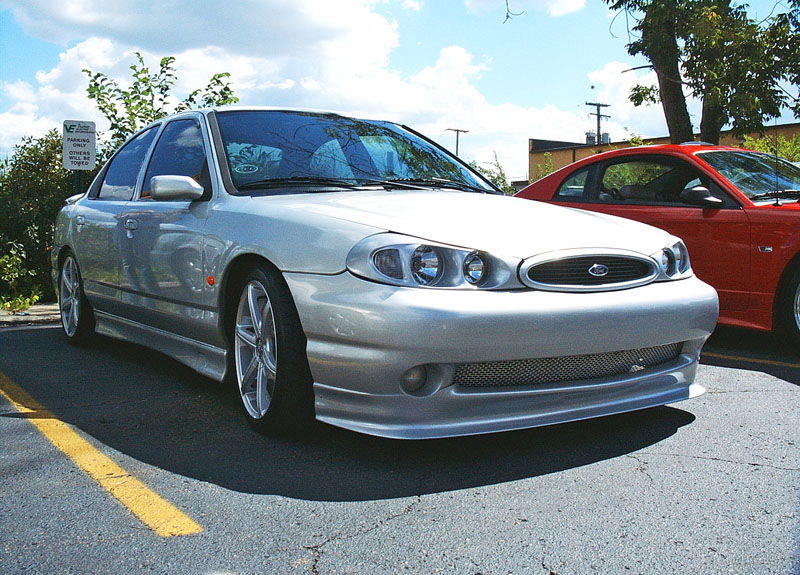
I tend to shy away from promoting big torque in front-wheel drive cars, simply because they have the tendency to spin the wheels like crazy—hence why this list doesn’t include many well-known front-wheel drive performance heroes. But I do give a shout out the SVT Contour (or Mondeo ST200 for those across the pond) because this is an outstanding little sport sedan that had great road manners, exceptional poise on a race track, and a very nice soundtrack from its rev-happy 2.5-litre DOHC V6 making 200bhp. I also have some personal experience in what these cars are like with a little extra grunt under the bonnet, and it’s quite astonishing.
Swapping the 2.5 mill to Ford’s 3.0-litre Duratec engine gives the same horsepower with 30 extra torques. Doesn’t sound like much, but the added low-end twist completely changes the car’s character without turning the front tyres to dust. Acceleration and mid-range performance improved significantly, and ever since that experience I’ve wondered why Ford didn’t simply run the 3.0-litre from the factory. Whatever the reason, it goes to show that peak horsepower certainly isn’t the only answer to performance. As I’ve said before—horsepower will keep you moving, but it’s the torque that gets you there.
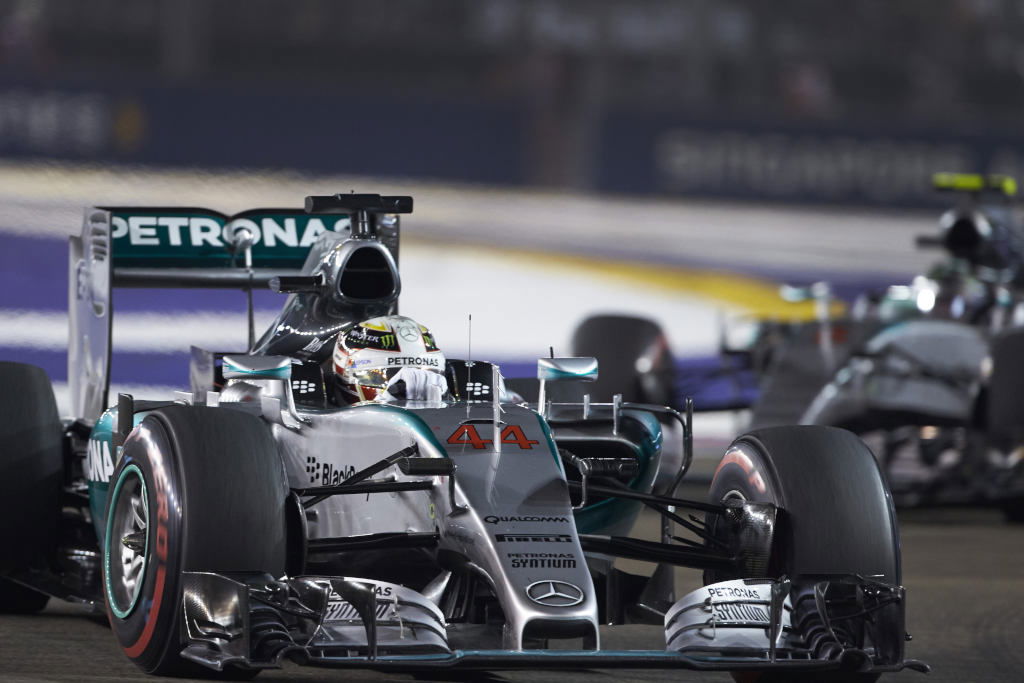
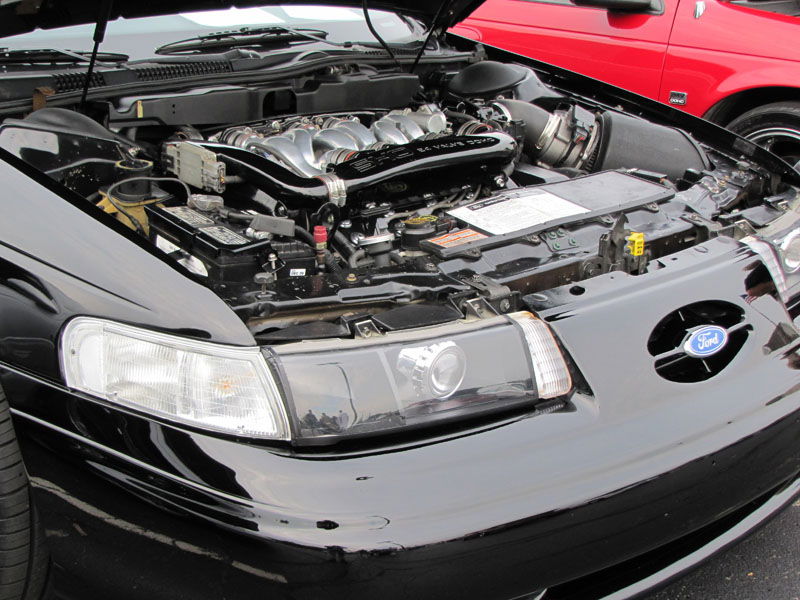
Comments